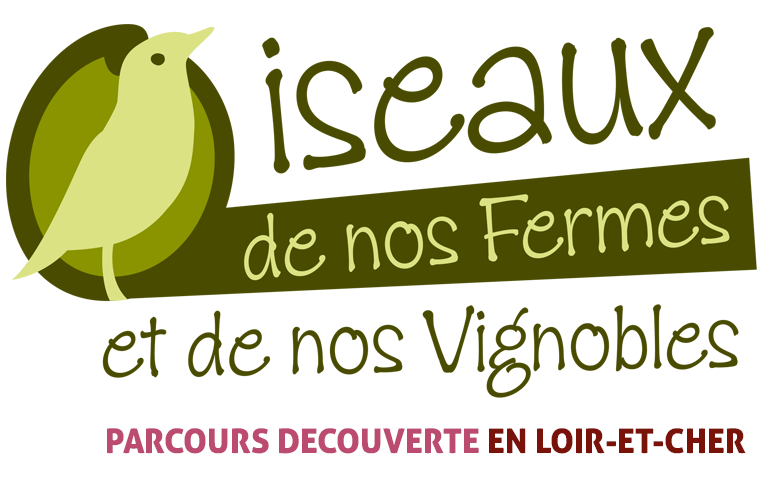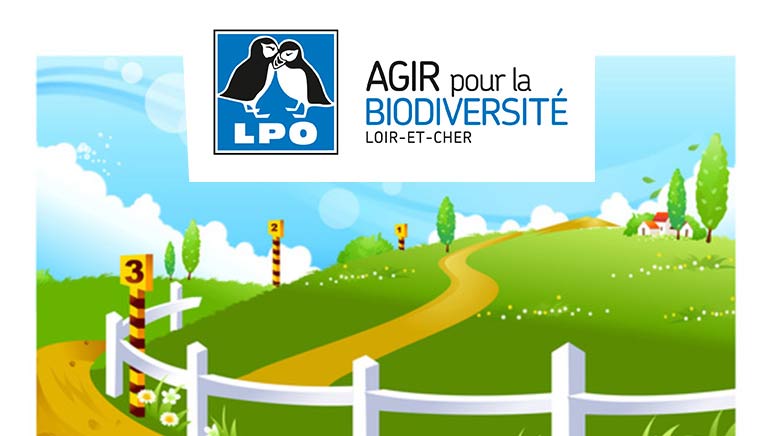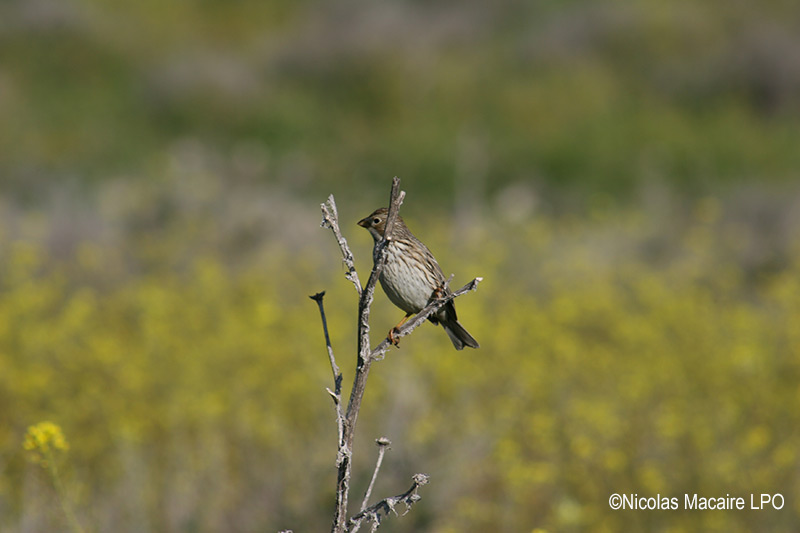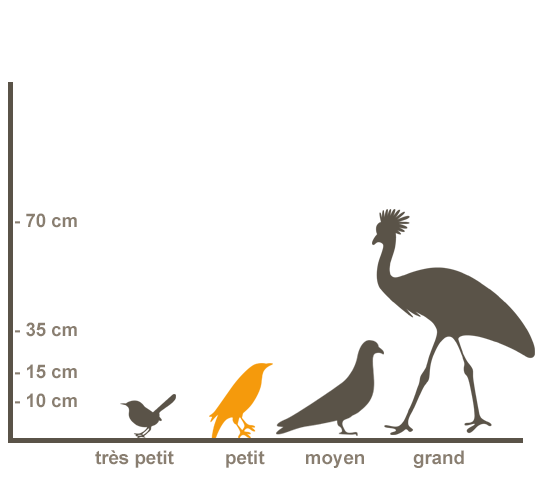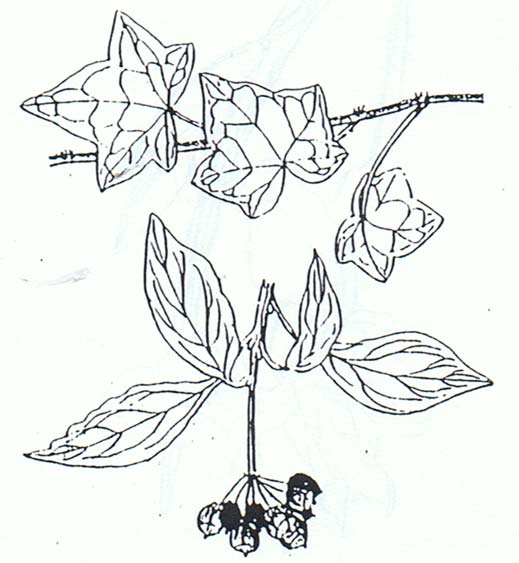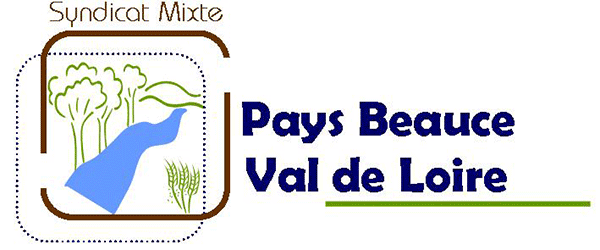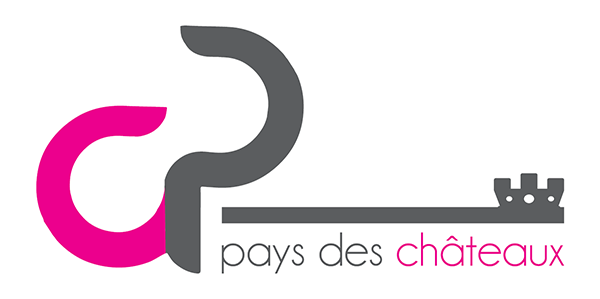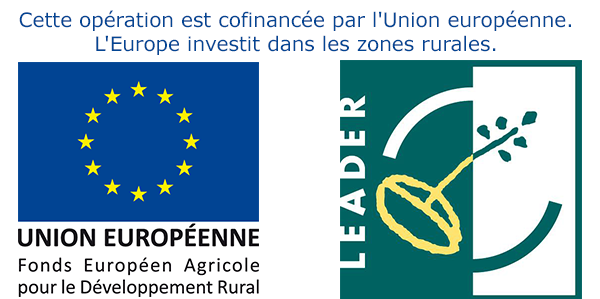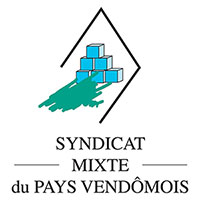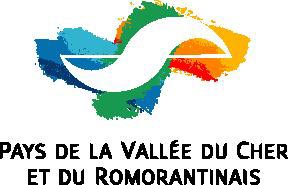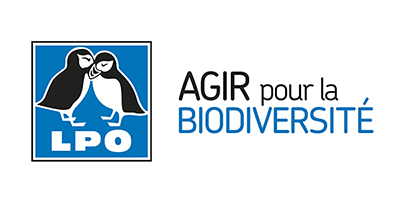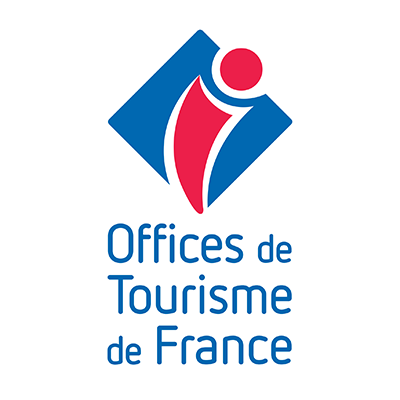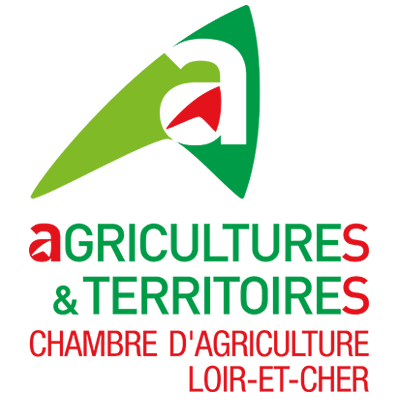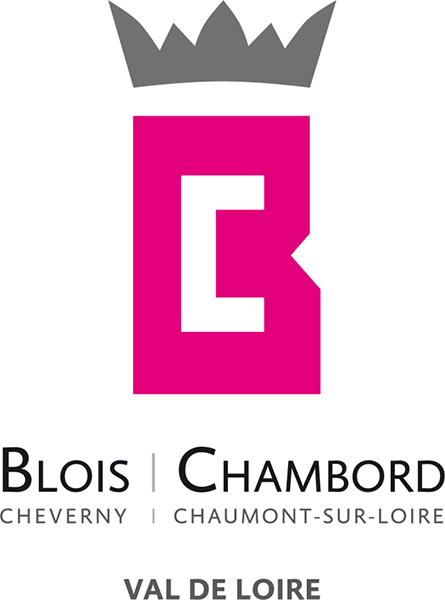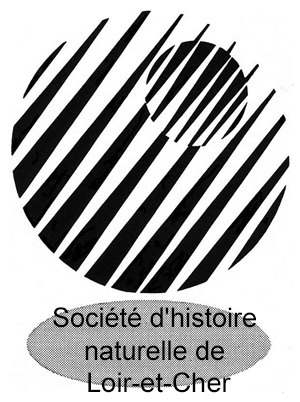Sign 1 - Présentation
Dear Friends
Thank you for deciding to come and take a look around this farm, using a marked path which will allow you to become better acquainted with this peaceful environment in which birds develop and plants grow, some of which are of species which you may not know.
Don’t forget that you are a guest of nature and should respect it by observing a silence which will
enable you to listen to the melodious songs of our friends the birds, getting to know more about their behaviour.
Your host will give you all the information you need to better understand the world of agriculture and viticulture and the efforts being made to work in harmony with the environment.
This action has a number of objectives:
- Rebuild the links between the people of town and country
- Make the greatest number possible of people aware of the flora and fauna, and improve their knowledge of them.
- Make people aware of the fragile equilibrium of biodiversity.
- Let people know about the ways used by certain actors in the rural world to conserve the countryside and enable them to discover an agricultural environment which remains little known and possibly much misunderstood by townspeople.
- Encourage conventional farmers to embrace the same efforts as used by their colleagues in organic agriculture and “agriculture raisonnée” (in which chemical inputs are used minimally) in order to preserve biodiversity.
- Maintain or develop family farms’ direct (‘farm-gate’) sales.
